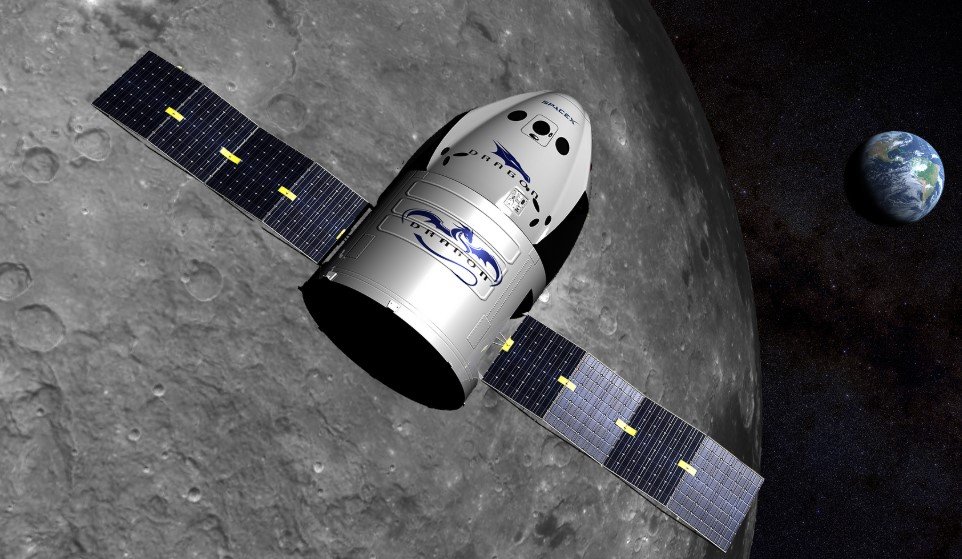SpaceX’s Dragon cargo capsule shook up California skies with a brief sonic boom late Saturday, completing its journey home from the International Space Station and marking another tick in NASA’s growing list of successful resupply missions.
The spacecraft, loaded with scientific materials and station returns, wrapped up its orbital duties and plunged back through Earth’s atmosphere—fast, fiery, and just loud enough to turn heads across Southern California.
A Fiery Finish to a Routine Resupply
This was the 32nd commercial resupply flight SpaceX has flown to the ISS under NASA’s contract. But while these missions may be routine on paper, the homecoming left little room for apathy.
At around 10:44 p.m. Pacific Time, Dragon splashed down off the coast near Oceanside. It had undocked from the station’s Harmony module just three days earlier, loaded with nearly 6,700 pounds of experiments, equipment, and other gear meant to be analyzed on Earth.
The sonic boom? That was the sound of science coming home at supersonic speed.

Social Media Lit Up Like the Sky
As the capsule soared across the state’s upper atmosphere, people weren’t just looking up—they were reaching for their phones. Residents from San Diego to Los Angeles shared photos and videos of what looked like a comet trailing the night sky.
It wasn’t a comet, of course. It was Dragon. And the boom that followed? Unmistakable.
One user wrote on X, “Heard a loud crack and thought it was thunder. Turns out it was the Dragon coming back down. Wild!” Another posted, “Saw the streak and heard the boom. Didn’t know space could be this loud.”
In all, it was a rare moment of cosmic theater for Californians, one that blended the majesty of space travel with the unpredictability of a backyard fireworks show.
What Dragon Brought Back
While the return may have made waves on Earth, what’s inside Dragon is what NASA’s really after.
Here’s a quick breakdown of what was on board:
-
Biological samples from ongoing low-gravity experiments
-
Advanced materials designed for radiation testing
-
Equipment from ISS modules that needed inspection or upgrades
-
Astronaut gear from prior missions
-
Data drives storing weeks of scientific research
And it wasn’t all serious—there were some personal items packed in for crew members, too. Little mementos. Letters. Even snacks.
The Numbers That Matter
Let’s put some of this in perspective. Dragon’s return wasn’t just about the boom. Here’s a quick look at key mission data:
| Category | Details |
|---|---|
| Cargo Weight (Return) | ~6,700 pounds |
| Departure from ISS | May 23, 12:05 p.m. EDT |
| Splashdown Time | May 25, 10:44 p.m. PT |
| Mission Number | CRS-32 |
| Sonic Boom Location | Southern California |
| Reentry Trajectory | Over Golden State |
Not the First Sonic Boom—and Won’t Be the Last
Southern California has a long history with sonic booms. Military aircraft have caused them for decades. But when it’s a spacecraft? That still catches folks off guard.
SpaceX had issued a heads-up in advance. The post read: “Dragon is on track to reenter Earth’s atmosphere and splash down off the southern coast of California near Oceanside at ~10:44 p.m. PT.”
But unless you’re following @SpaceX religiously, odds are the boom caught you by surprise.
It’s happened before—and it’ll definitely happen again.
What’s Next for Dragon and SpaceX?
Dragon will now be hauled back to SpaceX’s facilities for unloading and inspection. The cargo gets handed over to NASA teams, where scientists and engineers will begin sorting, analyzing, and prepping results for future use.
This particular capsule—like many in the Dragon fleet—is reusable. It won’t be long before it’s prepped for another ride back into orbit.
Meanwhile, SpaceX’s pace isn’t slowing. The company’s got more launches on the docket, including upcoming crewed missions and continued work on its Starship program.
So if you missed the boom this time?
Wait a bit. Another’s coming.
